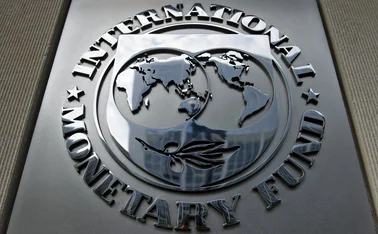
Universalisation – Creating an interconnected technological world
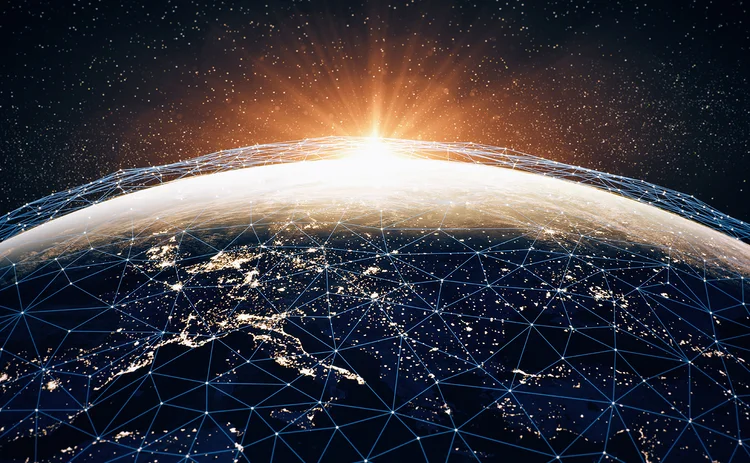
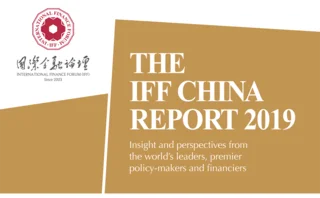
Globalisation was born out of mercantilism, against which the economic theory of comparative advantage also originated. The theory states that, under free trade, if a country specialises in producing goods where they have a lower opportunity cost, there will be an increase in economic welfare.
Paul Krugman proposed a similar theory, which further popularised the terms “economies of scale” and “economies of scope”. Economies of scope focus on the average total cost of production of a variety of goods, whereas economies of scale focus on the cost advantage that arises when there is a higher level of production of a single commodity. The result is a competitive market.

Wolfgang Stolper and Paul Samuelson put forward the Stolper-Samuelson theorem in the book Protection and real wages. It states that, in any country, a rise in the relative price of the labour-intensive commodity will improve labour and worsen capital, and vice versa. Under protectionist policies, companies have less incentive to move production where cheaper labour is available, but when these policies are removed the incentive disappears.
This shift in capacity and the constant changes in the supply chain result from past globalisation and give rise to trade disputes and trade frictions as we see today.
Businesses are continuously changing their position in the supply chain – those downstream are moving upward, while those upstream move even further upward. In this case, traditional productivity factors – capital, labour and technology – all play a role, yet the role of capital and labour becomes more important the further up the supply chain a business goes, thus giving rise to trade disputes.
The best performers in past globalisation
The ‘Four Asian Tigers’ – Hong Kong, Taiwan, Singapore and the Republic of Korea – benefited greatly during the last period of globalisation. From 1956, over a 30-year period, they experienced rapid development charged by rapid industrialisation and exports, which brought these economies in line with the world’s wealthiest nations. In practice, the four countries should have been able to sustain their growth, but began to lose their competitive advantage in the 1990s (see figure 1).
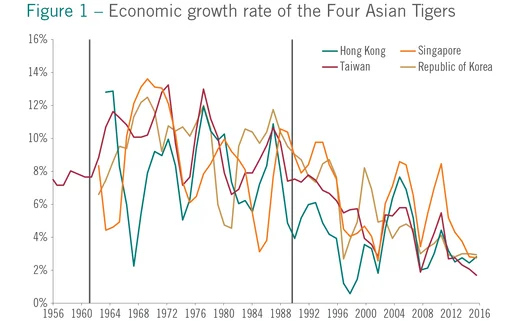
During this time, two different growth concepts emerged – the ‘smiling curve’ and the ‘Musashi curve”. The former suggests the two ends of the value chain – research and development (R&D) and marketing – command greater importance than the middle part of the value chain – manufacturing. The latter, proposed by Japanese economist Nakamura Suehiro, claims value should be added to production rather than branding or technology. The two curves do not exist to cancel out the other; one and should act as a reference for businesses to design development strategies depending on their industries.
Under the comparative advantage theory, each element is fixed in a certain place in the supply chain, so the global trade pattern will remain relatively stable. If advanced countries are replaced, other countries jump in the chain inevitably leading to friction and disputes.
China’s development over the past four decades could be classed as miraculous. What is impressive is not just the speed at which the country has grown, but also the industries in which it has become competitive. In the past 10 years, the production value in these fields has continued to grow (see figure 2). Meanwhile, China has been trying to develop science and technology to advance its manufacturing systems (see figure 3).
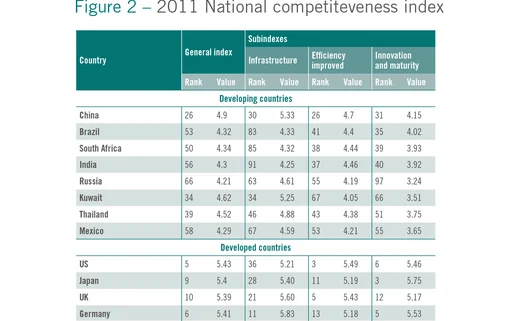

Could globalisation be reversed?
While globalisation has undoubtedly helped with global growth and reform, it is not without its challenges. Some parties blame globalisation for accelerating the polarisation between rich and poor, while undermining employment. Populism and nationalism, the differentiation of GDP trends and policy divergence have come about as a result.
Even in the most recent outgoing form of globalisation, it is difficult to define whether there was a trade deficit or surplus between China and the US. From the perspective of a value chain, China runs a trade deficit in its service industry and a trade surplus in products. It was difficult to interpret trade surplus or deficit between the two countries even in the discourse of previous surges of globalisation. As we enter the next phase of globalisation, we must think about the problem differently.
Science has become a major force behind productivity. In the past, capital, labour and land were main factors, but the modern economy is now structured differently. It has become a three-dimensional value chain where countless value chains are combined into a single system. What ultimately decides your position depends on total factor productivity, rather than simply a few factors.
Productivity has a growing influence over total economic growth (see figures 4 and 5). In the past, it took a number of years for a new technology product to gain a substantial user base; however, for example, it took less than a year for the smartphone game Candy Crush to gain 100 million users. Production and consumption processes have undergone dramatic change, which demonstrates globalisation as a force.
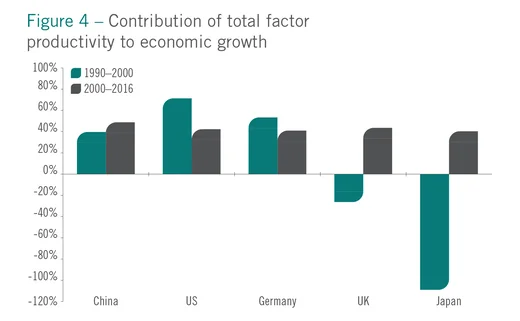

Real globalisation
Some people may still believe the top three players in the automotive industry are General Motors, Ford and Chrysler. However, Uber and Tesla have far more market share. Uber is not a manufacturing company but a technology company that leverages transport as a service; it has a monopoly over the market. Tesla, a car manufacturer, has gained a monopoly via the technology it develops. Meanwhile, Boeing does not produce aircraft components, but is the world’s largest aircraft manufacturer. Companies deploy their labour, product sales, R&D and branding on a global scale. This is real globalisation.
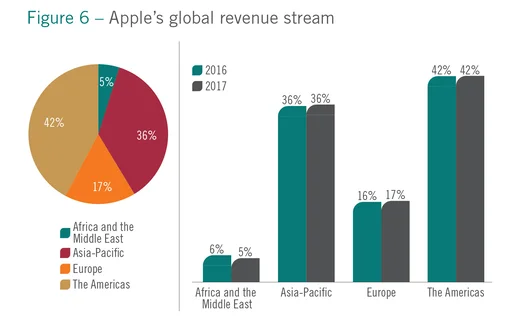

Past instances of globalisation have been built on the success of supply chains, whereas today’s economies are driven in large part by technological advances. In recent China-US trade conflicts, some research shows pressure on American companies has been greater and losses larger, while Chinese companies have not been impacted to the same extent.
Given the success of globalisation is largely tech-oriented, science and technology will undoubtedly be the driving force in the future. The US is the largest technology power, with many significant companies based in Silicon Valley. It is home to the majority of research and investment in this space, while the actual manufacturing is done elsewhere. As a result, the US is more likely to suffer most when national trade conflicts and disputes arise. From upstream to downstream, from production to consumption, from goods to service, technology is in a dominant position. Once trade conflicts emerge, the technology initiators, inventors and owners will suffer the most.
What will the next stage of globalisation look like? In Shaping the fourth industrial revolution, Klaus Schwab and Nicholas Davis argue that we are at the beginning of a revolution that is fundamentally changing the way we live, work and relate to one another. Internet speeds will be significantly increased with the introduction of 5G, with 6G now in the works. The future is an environment where sea, land, sky and space will be connected via corresponding systems. Quantum technology will be able to label every item in the world down to the last grain of sand. Trade disputes will be easily resolved as products and services will be identified so members of the public can recognise which countries are running trade deficits or surpluses. Blockchain technology – which is already facilitating cross-border payments – could lend a helping hand to stabilising global trade flows. The empowerment of science and technology is a feasible solution to disputes.
Perhaps the next stage of globalisation should be called universalisation – a strategy that integrates the oceans, land, sky and beyond.
Only users who have a paid subscription or are part of a corporate subscription are able to print or copy content.
To access these options, along with all other subscription benefits, please contact info@centralbanking.com or view our subscription options here: http://subscriptions.centralbanking.com/subscribe
You are currently unable to print this content. Please contact info@centralbanking.com to find out more.
You are currently unable to copy this content. Please contact info@centralbanking.com to find out more.
Copyright Infopro Digital Limited. All rights reserved.
You may share this content using our article tools. Printing this content is for the sole use of the Authorised User (named subscriber), as outlined in our terms and conditions - https://www.infopro-insight.com/terms-conditions/insight-subscriptions/
If you would like to purchase additional rights please email info@centralbanking.com
Copyright Infopro Digital Limited. All rights reserved.
You may share this content using our article tools. Copying this content is for the sole use of the Authorised User (named subscriber), as outlined in our terms and conditions - https://www.infopro-insight.com/terms-conditions/insight-subscriptions/
If you would like to purchase additional rights please email info@centralbanking.com



